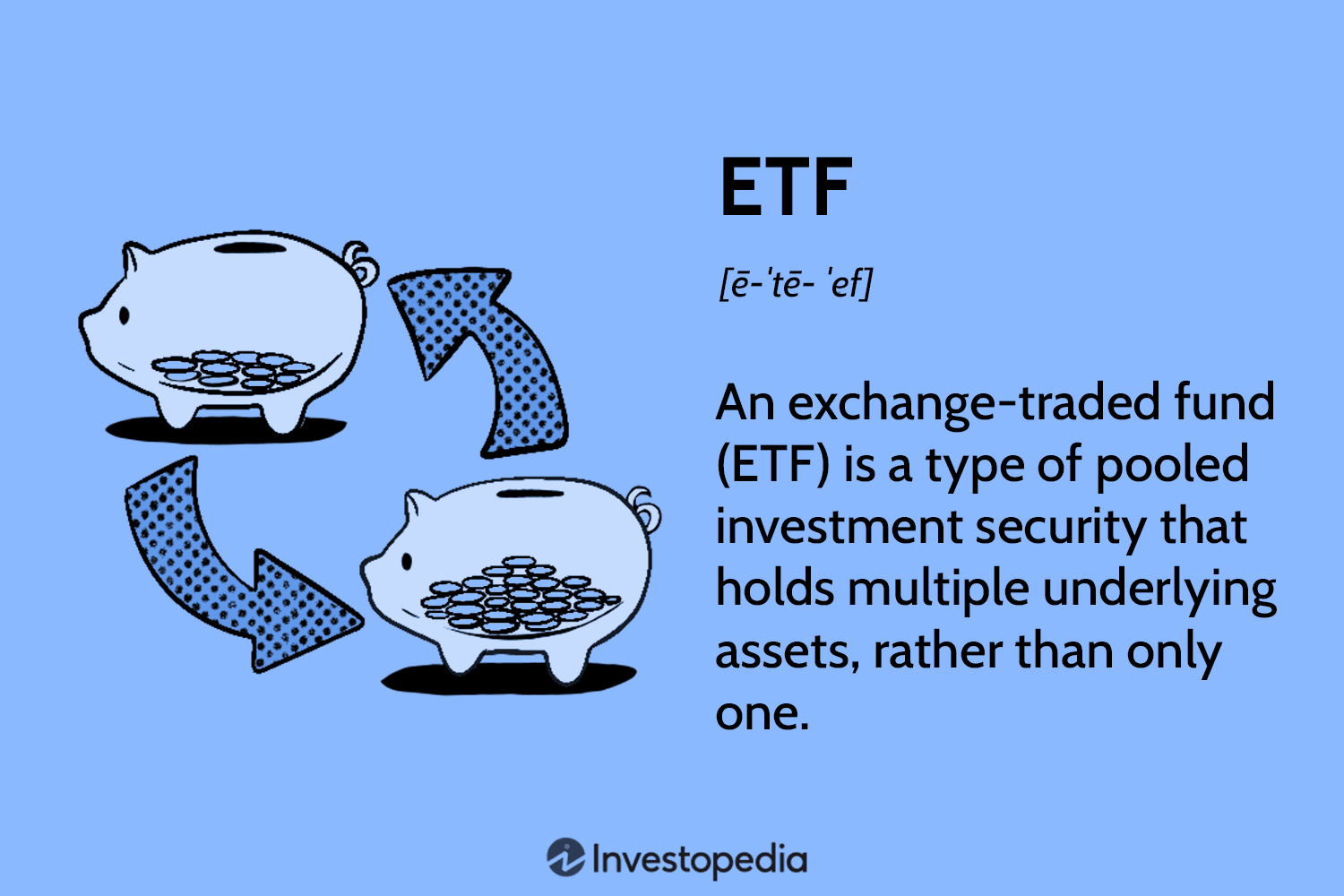Description

Copyright infringement not intended
Picture Courtesy: www.investopedia.com
Context: The Minister of State in the Labour Ministry has highlighted in the Lok Sabha that the Employees’ Provident Fund Organisation (EPFO) has invested a total of more than Rs 2.5 trillion in exchange-traded funds (ETFs) over the past seven years.
Details
- The EPFO uses Exchange-traded funds (ETFs) to invest in equity markets, indirectly gaining exposure to a diversified portfolio of stocks.
- Initially investing 5% of its corpus in ETFs, the EPFO later raised this limit to 15%, possibly due to the perceived benefits of ETF investments and the potential for higher returns.
- The EPFO's overall investment corpus has shown a healthy growth rate of 16.7% in the fiscal year 2022-23, indicating successful management and possibly favourable market conditions.
- By investing in ETFs instead of individual stocks, the EPFO potentially mitigates the risks associated with stock-picking while benefitting from the broader market movements.
|
Employees' Provident Fund Organisation (EPFO)
●EPFO is a statutory body responsible for administering the Employees' Provident Funds and Miscellaneous Provisions Act 1952.
●It maintains and manages provident fund accounts of all eligible employees and employers. It collects contributions from both employees and employers and invests them in various government securities.
●It disburses monthly pensions to retired employees and their families. It also provides a family pension in case of the death of the employee during the service period.
●It frames rules and regulations for the operation of provident funds. It also monitors the activities of employers and ensures compliance with the Act.
●It administers various social security schemes for the benefit of employees, such as the Employees' Deposit Linked Insurance Scheme (EDLI) and the Atal Pension Yojana.
|

Exchange-traded funds (ETFs)
- Exchange-traded funds (ETFs) are a popular type of investment that offers many benefits to investors.
- ETFs are collections of securities, such as stocks, bonds, commodities, or currencies that track an underlying index or market. ETFs trade on stock exchanges, just like individual stocks, and can be bought and sold throughout the day.
Advantages
- Diversification: ETFs allow investors to gain exposure to a wide range of markets, sectors, regions, or themes with a single purchase. This reduces the risk of investing in a single company or asset class.
- Low cost: ETFs typically have lower fees and expenses than mutual funds or other actively managed funds. ETFs also have lower trading costs, as they do not incur commissions or sales charges when bought or sold.
- Tax efficiency: ETFs are generally more tax-efficient than mutual funds, as they do not distribute capital gains to shareholders. Instead, investors only pay taxes when they sell their ETF shares, which gives them more control over their tax situation.
- Transparency: ETFs disclose their holdings and performance on a daily basis, which allows investors to see exactly what they are investing in and how their ETF are performing. ETFs also follow clear and consistent rules for selecting and weighting their holdings, which reduces the risk of manager bias or style drift.
- Flexibility: ETFs can be used for various investment strategies and objectives, such as income generation, hedging, asset allocation, or speculation. ETFs can also be traded using various methods, such as limit orders, stop orders, or margin trading.

Disadvantages
- Market risk: ETFs are subject to the same market fluctuations and volatility as the underlying securities they hold. If the market declines, so will the value of the ETF.
- Tracking error: ETFs may not perfectly replicate the performance of their underlying index or market, due to fees, expenses, liquidity issues, or rebalancing. This means that the ETF may underperform or outperform its benchmark over time.
- Liquidity risk: ETFs may experience low trading volume or wide bid-ask spreads, which can affect their liquidity and price. This can make it difficult for investors to buy or sell their ETF shares at a fair price.
- Counterparty risk: Some ETFs use derivatives, such as swaps or futures contracts, to achieve their investment objectives. This exposes them to the risk that the counterparty to the derivative contract may default or fail to honour its obligations.
- Regulatory risk: ETFs are subject to changing laws and regulations that may affect their structure, operation, or taxation. This can create uncertainty and complexity for investors and issuers.
|
PRACTICE QUESTION
Q. How does the Employees' Provident Fund Organisation (EPFO) contribute to the Indian economy and the welfare of employees, and what initiatives has it taken to enhance the management and accessibility of provident funds for the workforce?
|













